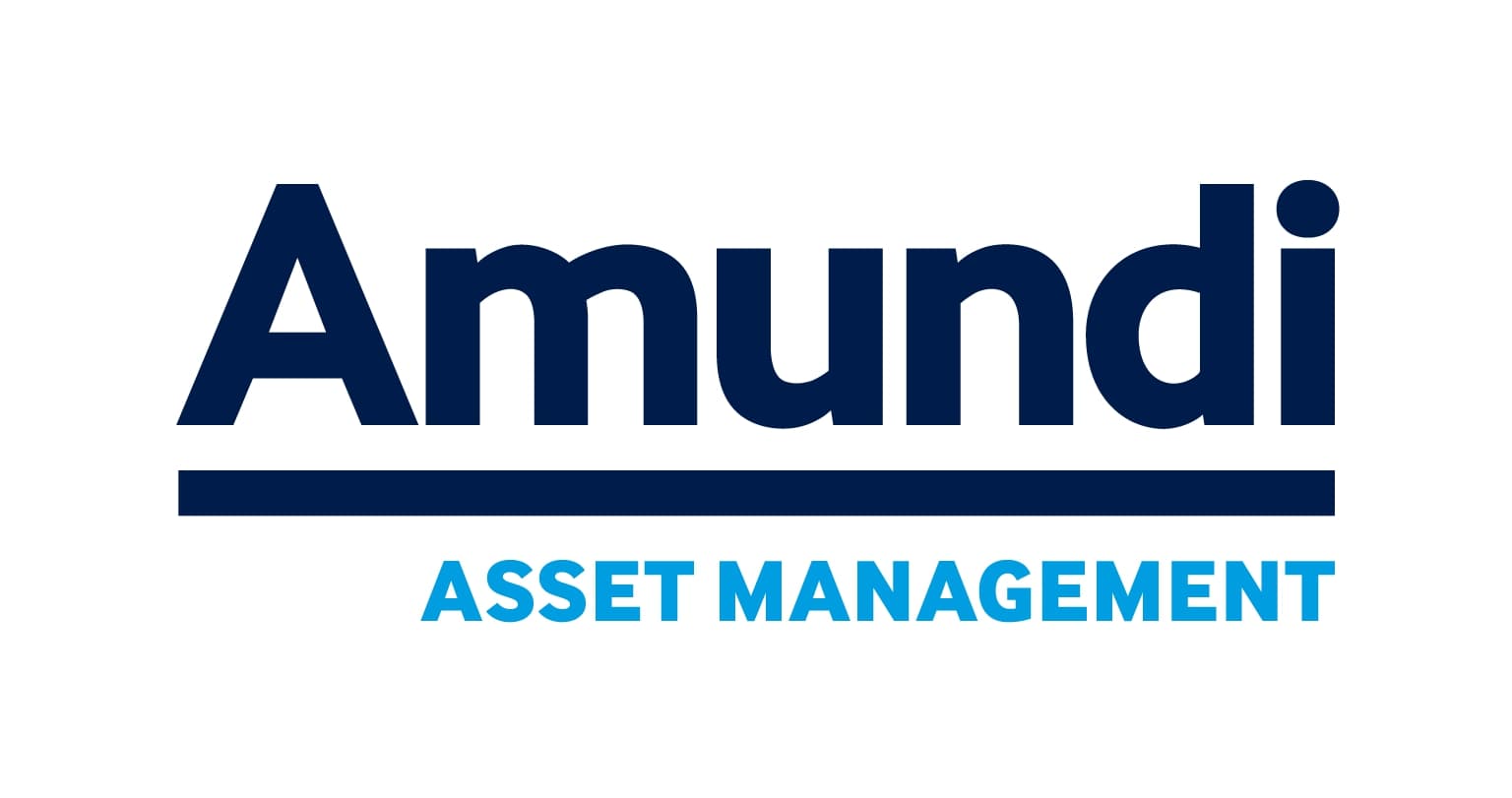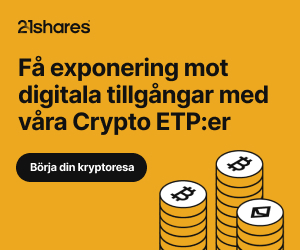Peruansk ETF i fokus efter räntesänkning. Vi har skrivit om det tidigare, den ekonomiska avmattningen är ett faktum i Latinamerika, och Peru, ett av de mer bortglömda länderna i Latinamerika utgör inget undantag. De flesta av de latinamerikanska länderna är beroende av utvecklingen av priserna på råvarumarknaden som för närvarande befinner sig i en nedåtgående trend. Peru har varit Latinamerikas snabbast växande ekonomi, landet har sedan 2002 kunnat uppvisa en årlig tillväxt på över 6 procent samtidigt som inflationen har kunnat hållas under kontroll.
Den peruanska ekonomin har på senare tid kommit att drabbas av samma problem som övriga latinamerikanska länder, något som framförallt är kopplat till prisfallet på ädelmetaller och basmetaller. Peru är en av världens största ädelmetallproducenter, i huvudsak vad gäller silver, och en stor del av landets export, cirka 17 procent, har gått till Kina. Avmattningen i den kinesiska ekonomin har satt sina spår i Perus export, och under 2013 klarade landet ”endast” av att redovisa en tillväxt på 5,02 procent i sin bruttonationalprodukt, den lägsta tillväxten på fyra år. Nu är EPU, en Peruansk ETF i fokus efter räntesänkning som landets centralbank nyligen genomförde.
Landets export har sjunkit
Den peruanska bruttonationalprodukten ökade under Q2 2014 med 1,7 procent, yrar-to-year, att jämföra med ett genomsnitt på 6,3 procent under det senaste decenniet samtidigt som landets export sjönk till den lägsta nivån på fyra år. Investeringarna sjönk med 3,2 procent under Q2 2014, vilket är den första nedgången på fem år.
I syfte att stimulera landets ekonomi beslutade den peruanska centralbanken att sänka styrräntan till 3,5 procent den 11 september. I juli gjordes ytterligare en sänkning med 0,25 procentenheter till 3,35 procent. Den peruanska centralbanken har även gjort en sänkning i november 2013, vilket var den första sänkningen på fyra år. Trots detta har de peruanska konsumentpriserna fallit och drivit ned inflationen. Konsumentpriserna doppade 0,09 procent i augusti, en svag trend med tanke på att centralbankens inflationsmål är en till tre procent Banken räknar med en inflation på cirka två procent jämfört med den tidigare beräknade nivån 2,8 % för 2014 Dessa utsikter gör att centralbanken kan komma att gå in för en mer ackommoderande penningpolitik, om det behövs.
Räntesänkningen var troligtvis vad som behövdes för att öka tillväxten, och den peruanska centralbanken har nu trimmat sin BNP-prognos med en nedåtreviderad prognos, 4 procent att jämföra med tidigare kommunicerade 4,4 procent. Råvarurika Peru är emellertid utsatt för prisförändringar på råvaror som koppar och guld. Svagheten i dessa råvaror har lett till en nedgång i investeringar inom gruvnäringen.
Vad kan vi förvänta oss den närmaste framtiden?
En nedgång i inflationen kom som en välsignelse för Peru eftersom detta kan föranleda ytterligare lättnader. Centralbanken anser att genom en sådan stimulans kommer Peru att kunna redovisa en tillväxt på närmare 5,8 procent nästa år. Den peruanska centralbanken köpte dessutom dollar i augusti i syfta att depreciera sin valuta mot dollarn. En försvagning av valutans värde skulle kunna leda till ett uppsving för Perus exportorienterade ekonomi.
Tack vare nedgången i Kinas ekonomiska tillväxt förväntar sig omvärlden någon form av ekonomiska stimulansåtgärder från den peruanska centralbanken. Om, eller snarare när detta sker, kommer den exporten att gynnas i någon form varför det då kan vara värt att titta närmare på EPU, den enda ETF med exponering mot den peruanska börsen som vi kunnat hitta.
iShares MSCI All Peru Capped ETF ( EPU)
EPU, som lanserades i juni 2009 är en passiv ETF som replikerar utvecklingen av MSCI All Peru Capped Index. Vi har inte kunnat hitta någon annan börshandlad fond som fokuserar på den peruanska börsen. Denna ETF består av 25 innehav, av vilka råvaror står för en betydande andel, cirka hälften av tillgångarna är hänförliga denna sektor. De tio största innehaven svarar för 75 procent av innehaven i denna börshandlade fond, varav de två största innehaven har mer än tio procents vikt, inget av de övriga 23 innehaven har en vikt som överstiger 6,5 procent. . iShares debiterar en total expense ratio på 0,62 procent för denna ETF.
Under 2013 backade EPU med mer än 25 procent, framförallt på grund av att priserna på ädelmetaller och industrimetaller rasade. Sedan dess har fonden uppvisar en extremt volatil trend. Initieringen av ett avsmalnat QE program och en kinesisk avmattning har också haft en negativ påverkar på kursen på EPU. Under 2014 har emellertid denna ETF stigit med cirka åtta procent.
Medan Latinamerikas största ekonomi, Brasilien, och dess ETF, iShares MSCI Brazil Capped ETF (EWZ) drabbades av en teknisk recession under första hälften av 2014, något som den fortfarande kämpar mot ser förutsättningarna för EPU bättre ut. Visserligen kämpar Peru med sin ekonomi, men en tillväxt på fem, även fyra procent är inte alls dåligt, och jämfört med andra latinamerikanska ekonomier är det en hög nivå. Den som väljer att titta närmare på detta land bör emellertid tänka på att Peru är beroende av utvecklingen på råvarumarknaderna samt av Kinas ekonomiska tillväxt.
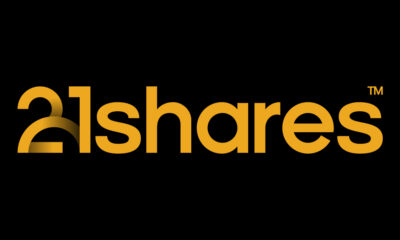
 Nyheter4 veckor sedan
Nyheter4 veckor sedan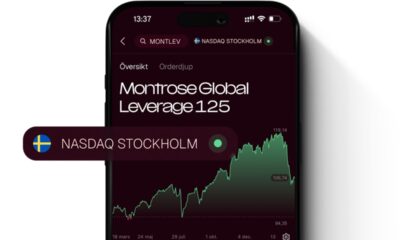
 Nyheter3 veckor sedan
Nyheter3 veckor sedan
 Nyheter4 veckor sedan
Nyheter4 veckor sedan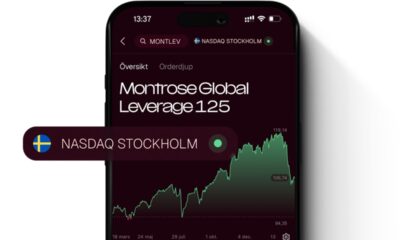
 Nyheter3 veckor sedan
Nyheter3 veckor sedan
 Nyheter3 veckor sedan
Nyheter3 veckor sedan
 Nyheter2 veckor sedan
Nyheter2 veckor sedan
 Nyheter3 veckor sedan
Nyheter3 veckor sedan
 Nyheter2 veckor sedan
Nyheter2 veckor sedan
















